Croatia and Montenegro with cruise
2,296.10 €
Zagreb – Lonely Planet’s “Nr. 1 destination in Europe in 2017.”
Get to know northwestern Croatia, with its beauty, interesting history filled with stories and legends, and try local cuisine on excursions.
Visit our beautiful coast and islands on Mini cruise – experience the Mediterranean as it once was!
Description
Croatia and Montenegro
Dates: 26.September – 10.October 2020. and 25. April – 02. May 2021.
Zagreb – Lonely Planet’s “Nr. 1 destination in Europe in 2017.”
City of a million hearts, the capital and largest city of Croatia, which attracts many tourists with its beauty, interesting history, stories and legends. Downtown is full of museums and green parks, as well as cafes, restaurants and souvenir shops, which attract people of all ages.
Get to know northwestern Croatia, with its beauty, interesting history filled with stories and legends, and try local cuisine on excursions.
Visit the beautiful coastal Croatia and islands on Mini cruise.
Day 1 – 27. April ZAGREB (D)
Arrival to Zagreb airport, meeting with guide that will be with group the whole journey. Transfer to the hotel located on the Main square. Check in, free time for rest. Meeting with our local guide in hotel lobby. Local guide will show you the most important things to see in Zagreb, and you’ll hear many interesting stories and legends from Zagreb history. We’ll start at the Main Square – Banus Jelačić Square, with Manduševac fountain, where you’ll hear one of Zagrebs legends. After you make a wish, we’ll go to the Cathedral, that is situated above the Main square. Zagreb diocese was established in 11th century, and has long and interesting history. Cathedral is situated on top of the little hill above Main square, called Kaptol. After visiting the Cathedral, we’ll walk across the famous Dolac market to Tkalčićeva Street, now known for its numerous cafes and bistros that attract tourists and citizens of Zagreb, next to Marija Jurić Zagorka, the first Croatian female journalist, through the small street named Bloody bridge, where you’ll hear interesting story of how the street got its name. We continue via Radić Street to the Stone gate, the only preserved entrance of Zagreb’s Upper town, which is located on the hill called Gradec. The Upper town is full of small squares, museums and galleries, as well as many stories and legends from Zagreb and Croatian history. We reach St. Mark’s Square, where the church of St. Mark is, with beautiful deck covered with coats of arms of the Kingdom of Croatian, Slavonia and Dalmatia, and the coat of arms of the city of Zagreb, as well as the buildings of Croatian Parliament and the Croatian government. Walking along many palaces and monuments, we will come to the Lotrščak Tower, with cannon that announces noon every day. The shortest funicular in the world will take us down to Ilica street, the longest and most famous Zagreb street. Dinner at the hotel, free time. Dinner at the hotel restaurant.
Day 2 – 28. April TRAKOŠĆAN – KRAPINA – VELIKI TABOR (B, L, D)
After breakfast we’ll take off on a whole day trip to northwestern part of Croatia, on the other side of Medvednica mountain, to Hrvatsko zagorje. It is interesting part of Croatia, with small villages, castles, churches and vineyards on top of the hills, and it’s known by its history, legends and local cuisine. On our trip first we’ll visit Trakošćan castle, built in the late 13th century in northwestern Croatian defense system as a small observation fortress. During centuries owners have changed, until finally at the end of 16th century, Drašković family took over the castle. In the second half of the 18th century Trakošćan was abandoned and neglected, but in the second half of 19th century, family renovated the castle and surrounding park with lake. The next generation occasionally stay in Trakošćan until 1944 when they immigrated to Austria soon after the castle was nationalized. In 1954. the museum established with a permanent exhibition. Today the castle is owned by the Republic of Croatia. The permanent exhibition is exposed to the ambient, the original function. Presents the life of the Croatian nobility throughout history of Trakošćan and Drašković family. The objects date from the 15th to 19th century. Exhibition covers all areas of the castle. Trakošćan is one of the few facilities in Croatia with preserved its own constitution, historically closely related to the architectural framework and the life of its owner respecting Drašković family. The museum has a valuable museum material from the Renaissance period to historicism, which is divided into several collections: weapon collection, collection of paintings and prints, a collection of furniture, a collection of books and a collection of photographs. After beautiful castle, we’ll be on our way to city of Krapina with amazing museum – Neanderthal Museum. In 1899. bones, that proved existence of Neanderthal people in region, were found in the place near museum. In museum first you’ll watch a short movie about life of Neanderthal people, and then expert guide will take you on tour through Museum, where you’ll see everything about discovering Neanderthal bones, and everything about the origin of the Earth, from the Big Bang to the present day. Our next destination is another castle – Veliki Tabor. But before taking a tour around the castle, visit to the estate located under the castle, where we’ll have a lunch, and you will taste traditional dishes from Zagorje region. Tabor castle is castle and museum in northwest Croatia, dating from the 12th century. The castle’s present appearance dates back to the 16th century. Most of the castle was built by the Croatian noble family Ratkaj, in whose ownership it remained until 1793. The castle is owned by the Republic of Croatia, which manages it as a museum and a tourist site. The collections in the exhibition spaces include old vehicles, ethnographic items, the first manufacture of medicines, swords and armour, paintings and pottery, as well as a presentation of the noble Ratkaj family. And, of course, as any other castle, this one has its legend too – the legend of Veronika Desinić. After we make a tour with expert guide, we’ll go back to Zagreb. Dinner at the hotel, free time for just enjoying your time in the city.
Day 3 – 29. April PLITVICE LAKES – ZADAR (B, D)
Breakfast, departure in direction of Adriatic sea. Before reaching our mesmerizing coast and islands, we’ll show you one of the greatest natural wonders and phenomenon in the world, Croatians oldest national park – Plitvice Lakes National Park. Embraced by high wooded mountains, one beneath another lie sixteen beautiful lakes of crystal blue-green water. Connected to each other by a series of foaming cascades and thundering waterfalls, the lakes are fed by many rivers and streams. Over the millennium, waters of these lakes have dissolved the limestone rock and carved out the valley in which they now lie. Plitvice Lakes were declared a National Park in 1949., and since 1979. they have been on UNESCO’s list of World Natural Heritage.
Continue your journey in direction of Zadar, ancient Croatian city. The main city street – The Wide Street – or Kalelarga, together with modern architectural solutions of Sea Organ and Greeting to the Sun, are unique in the world. From this year, Zadar’s city walls were included in UNESCO’s World Heritage Site, together with Šibenik’s St. Nicholas fortress. Tour with local guide, visiting sights from its long and turbulent history such as the church of St. Donat, originally built in 9th century in Byzantine style. Another landmark is cathedral of St Anastasia constructed in the 12th and 13th centuries in Romanesque style. After dinner, walk to the waterfront, where you’ll enjoy the sound of the sea organ with the play of light from the greeting to the sun.
Day 4 – 30. April ZADAR – NIN – ŠIBENIK (B, D)
Breakfast. Visit to nearby town of Nin which dates back to Liburnian time, long before ancient Greeks and Romans conquered the town. In the new history, Nin is important as the first royal town – according to the legend, seven Croatian kings were crowned here. We’ll visit the town famous for the Church of St. Cross, which is called the smallest cathedral in the world, and you will hear a lot of interesting things that bind to the Croatian history. We will visit the salt pans, where salt is produced in a way as 2.000 years ago Romans did. Here you’ll find out another interesting thing about our small, but amazing country – we have our own alphabet!
Continue to Šibenik, oldest Croatian native town. Check in hotel, free time, dinner.
Day 5 – 1. May ŠIBENIK – KRKA NATIONAL PARK (B, L, D)
Breakfast, city tour with local guide. Passing through the old city entrance to the Old town, walk through streets and stairs that tell stories about the city and its inhabitants. Coming to the Cathedral of St. James, another attraction of the UNESCO World Heritage List since 2000., you’ll hear amazing story of how it’s built, and you’ll visit the cathedral and the baptistry. Šibenik is only Croatian City with two UNESCO sites, since this summer, St. Nicholas fortress was included in UNESCO’s World Heritage Site list as part of “Venetian Works of Defence between 15th and 17th centuries“. Continue your journey to Krka National Park, that lies about 10 km inland from Šibenik in this part of Dalmatia. Named after the Krka River, the Park covers the area of just over 142 km2 and includes two thirds of the river itself. The top attractions of the Park are its magnificent waterfalls, including the famous waterfall Skradinski Buk, which is one of Croatia’s most famous sights. This is the place where the beauty of the National Park stands out the most, through the eternal interaction of sun and water. After the sightseeing tour, there will be enough free time for lunch, strolling around the ethno village, walking, or taking photos of the picturesque landscape.
Drive back to Šibenik, free time, dinner.
Day 6 – 2. May ŠIBENIK – TROGIR – SPLIT (B, D)
After breakfast, drive in direction of Trogir, called museum island. Tour through city center, visit the Cathedral of St. Lawrence, which is known for its beautiful portal, located at the main entrance, made by the famous Master Radovan. During the tour, we hope you’ll be lucky and in the City Lodge hear the famous Dalmatian folk songs. Since 1997, the historic centre of Trogir has been included in the UNESCO list of World Heritage Sites. Free time for coffee and souvenirs.
Continue to Split, walk through city center with local guide – historical center and remains of Diocletian’s Palace (UNESCO World Heritage List since 1979.), built between the late 3rd and the early 4th centuries A.D. The cathedral was built in the Middle Ages, reusing materials from the ancient mausoleum. 12th and 13th century Romanesque churches, medieval fortifications, 15th century Gothic palaces and other palaces in Renaissance and Baroque style make up the rest of the protected area. At the northern exit of the palace you will see a large monument of Gregory of Nin, do not forget to catch the big toe and make a wish! Check in a hotel, dinner, free time.
Day 7 – 3. May CRUISE: SPLIT – HVAR (B, L)
Departure from Split harbour to cruise along the Dalmatian coast towards the island of Hvar, the longest and sunniest Adriatic island, a favourite destination for jet setters from all around the world. Afterlunch we stop for swimming, relaxing and refreshment in clear, crystal bluesea at nearby Pakleni islands. Arrival to Hvar in the afternoon hours followed by sightseeing of this extraordinary town.
Day 8 – 4. May CRUISE: HVAR – VIS (B, L)
In the early morning hours we cruise towards the island of Vis, which was a strategic navy harbour due to its unique geographical position and as such closed to the public until recently. Because of its isolation, Vis has a special charm – ‘the Mediterranean as it once was’ which makes it really interesting to see. Overnight is in the town of Vis.
Day 9 -5. May CRUISE: VIS – KORČULA (B, L)
Before breakfast we depart towards Korčula, the birthplace of famous explorer and adventurer Marco Polo. Surrounded by medieval walls, Korčula resembles a miniature Dubrovnik when approaching from the sea. It has more legends, tales and monuments than you will find anywhere else. Overnight in port.
Day 10 – 6. May CRUISE: KORČULA – TRSTENIK (B, L, D)
Late morning departure towards small town of Trstenik on the Pelješac peninsula, where we will swim in the afternoon and spend the night. Visit authentic local restaurant and enjoy local cuisine for dinner.
Day 11 – 7. May CRUISE: TRSTENIK – DUBROVNIK (B, L)
In the morning we depart towards our final destination – a true pearl of the Adriatic. Sightseeing of Dubrovnik. Overnight in the harbour Gruž.
Day 12 – 8. May DUBROVNIK – MONTENEGRO, BUDVA (B, D)
Early breakfast after which it is time to say goodbye to the crew and continue with enjoying on mainland.
Drive in direction of Montenegro and Kotor, small and picturesque UNESCO-protected town on Montenegro’s Adriatic coast, in a deep bay, at the foot of the limestone cliffs of Mt. Lovćen. Old City is surrounded by magnificent walls. Take a walk with guide, and discover most important things there are, such as St. Tripun’s Cathedral, Maritime museum ect.
Check in a hotel, dinner, free time.
Day 13 – 9. May LOVĆEN MOUNTAIN – KOTOR (B, L, D)
After breakfast, visit to the famous LOVĆEN mountain, and MAUSOLEUM OF PETAR NJEGOŠ, the most famous Montenegrin of all times (political leader in 19th century, poet, scientist), which is situated at the top of the mountain.
We continue our journey to the beautiful Budva, worldwide known by St. Stefan peninsula, and Budva’s old town. Take a walk through Old town, complex surrounded by ancient walls. Here is preserved seaside citadel from the 15th century which is located in the southern part of the old city, built on the ruins of earlier fortifications from previous centuries. City fortress which is often changed shape and size now is the landmark of Budva set for the cultural events of Budva City Theatre. Drive back to Kotor. Dinner, enjoy your free time.
Day 14 – 10. May MONTENEGRO – CAVTAT – DUBROVNIK (B, D)
Breakfast. Drive back to Croatia, in direction of Cavtat, the largest and the only urban centre in Konavle that has been built up deliberately. Located on the Rat peninsula, which, together with the Sustjepan peninsula, surrounds the well protected and accessible bay. In its harmonious architecture, one can observe the centuries-old natural, spiritual and material ties to the Dubrovnik Republic. Cavtat, known as Epidaurus in antique times, was an important Roman colony in this region. After Slavic and Avarian numbers in the area rose the colony expired, forcing its inhabitants to flee to the nearby settlement Laus-Rave-Ragus, the very settlement that is the foundation of Dubrovnik.
Take a break and have a cup of coffee near sea, and then take a walk through narrow small streets.
Cavtat is small town, but it is important in Croatian cultural heritage. Birth house of Vlaho Bukovac, one of the most famous Croatian painters and the forefather of the Croatian modern painting, is now a museum.
The mausoleum of the well-known ship-owners’ family Račić from Cavtat was built on St. Rock’s cemetery by the famous Croatian sculptor Ivan Meštrović (1883 – 1962). Its construction took place in 1921., on the place of St. Rok’s church from 15th century, following the will of the testatrix Marija Račić. It was built from the white limestone from the island Brač in the form of cupola. In the whole building no other material but stone was used, except bronze for the door, bell and the angel. The whole mausoleum is full of symbols representing three basic stages of human fate: birth, life and death.
After exploring rest of cultural and historical heritage, drive to Dubrovnik the Pearl of Adriatic. City tour with local guide. The walls of Dubrovnik girdle a perfectly preserved complex of public and private, sacral and secular buildings representing all periods of the city’s history, beginning with its founding in the 7th century. Walking tour: City walls – main street Stradun – the Rector’s palace – the Church of st. Vlaho – the Cathedral – three large monasteries and the City hall. The Republic of Dubrovnik was the center of a separate political and territorial entity, and was proud of its culture, its achievements in commerce and especially of its freedom, preserved down so many tempestuous centuries. We recommend boat trip to island Lokrum, green oasis just opposite the city walls. Walk around the island, which is associated with many interesting legends. In the early evening, going on a hill SRĐ by cable car, greatest view point possible on the old town and surrounding islands. Check in hotel, dinner, free time.
Day 15 – 11. May DUBROVNIK (B)
Breakfast, check out. Transfer to the airport. Departure according to schedule.
PRICE PER PERSON: 17.300 HRK
MIN 20 PASSENGERS
Additional information
| Date | 23.04.- 07.05.2018. |
|---|---|
| Hotel | 4* |
| Service | half board/full board |
| Transport | bus and cruise ship |
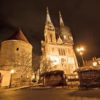
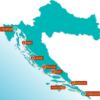
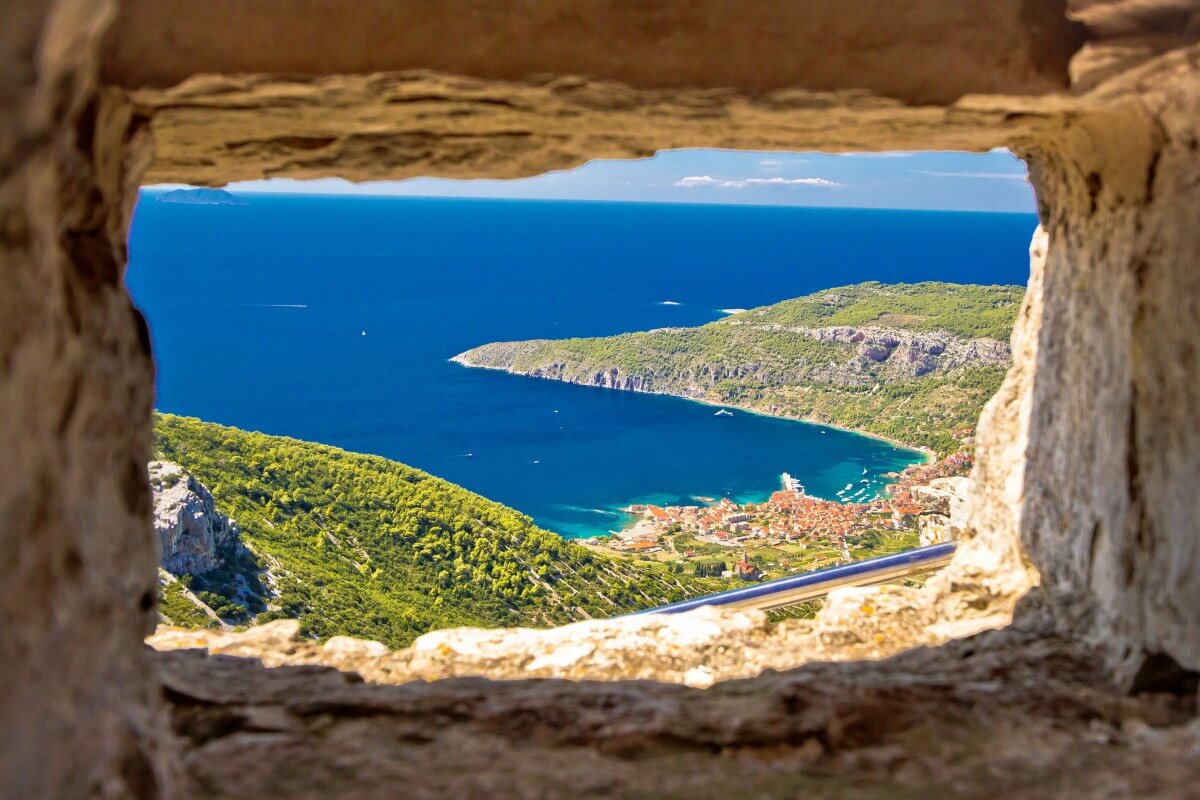
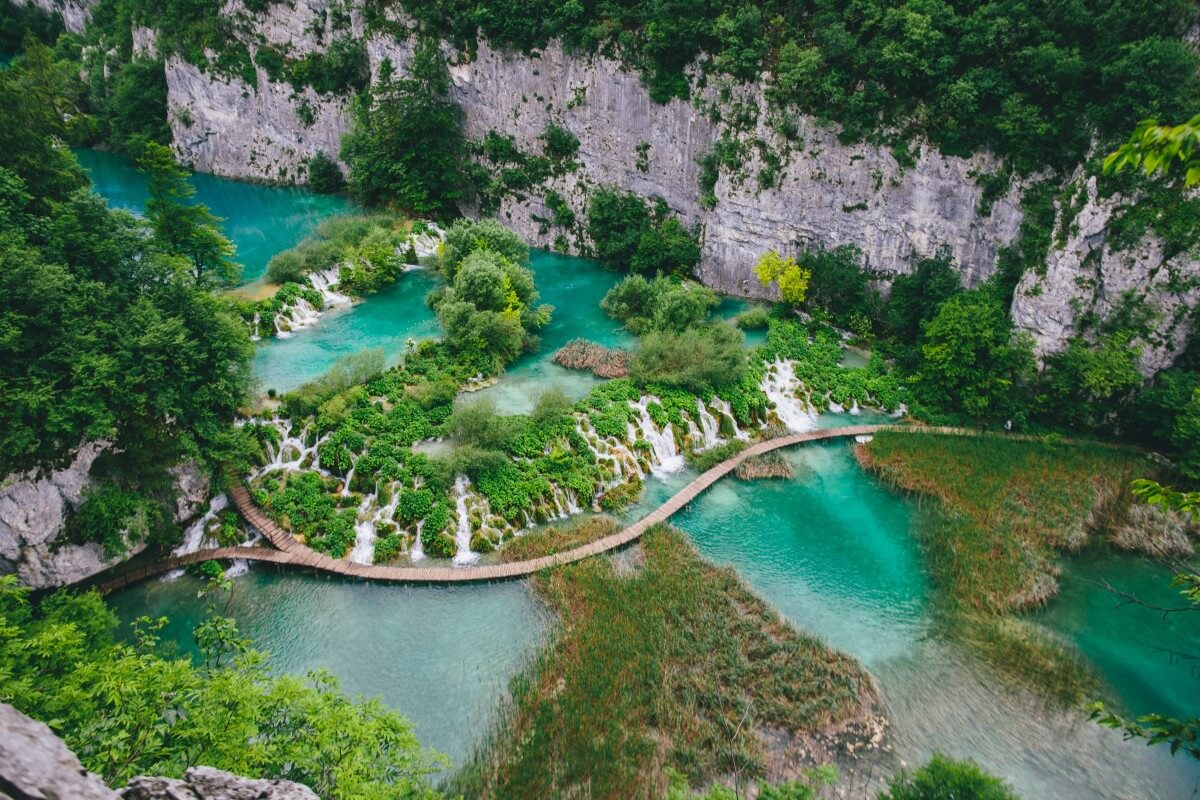
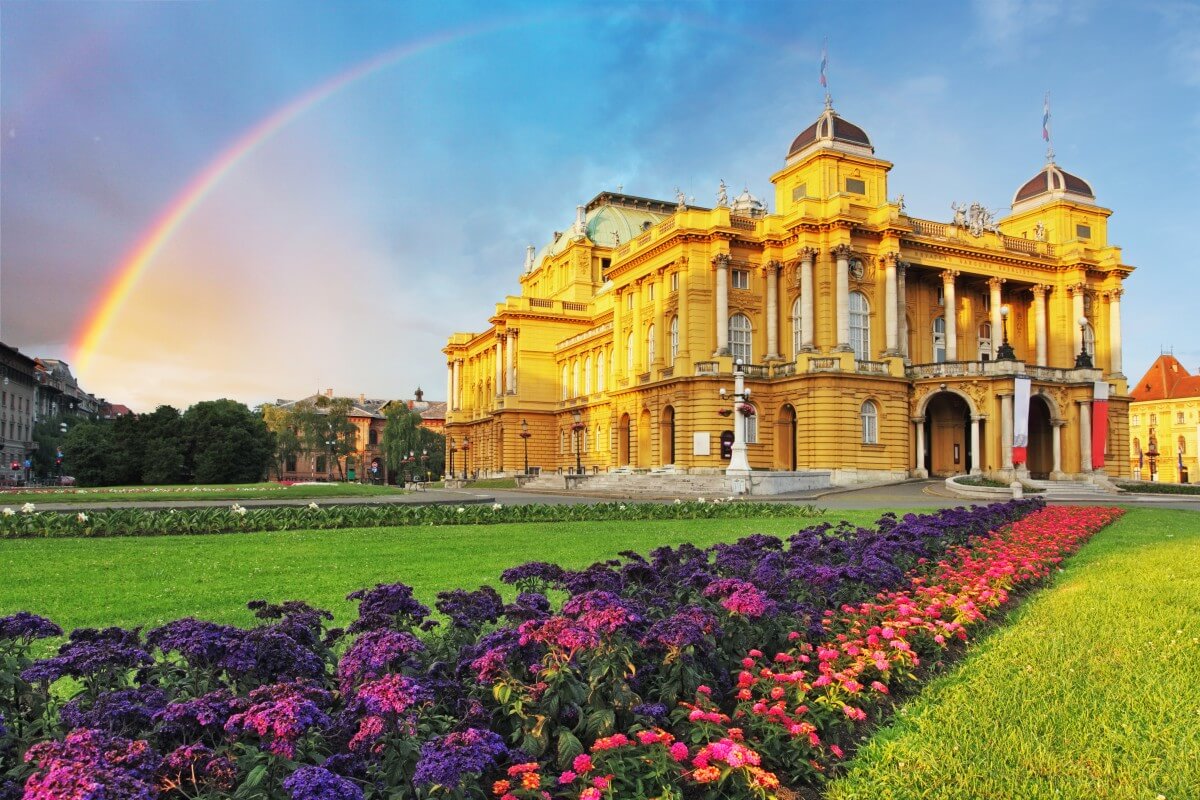
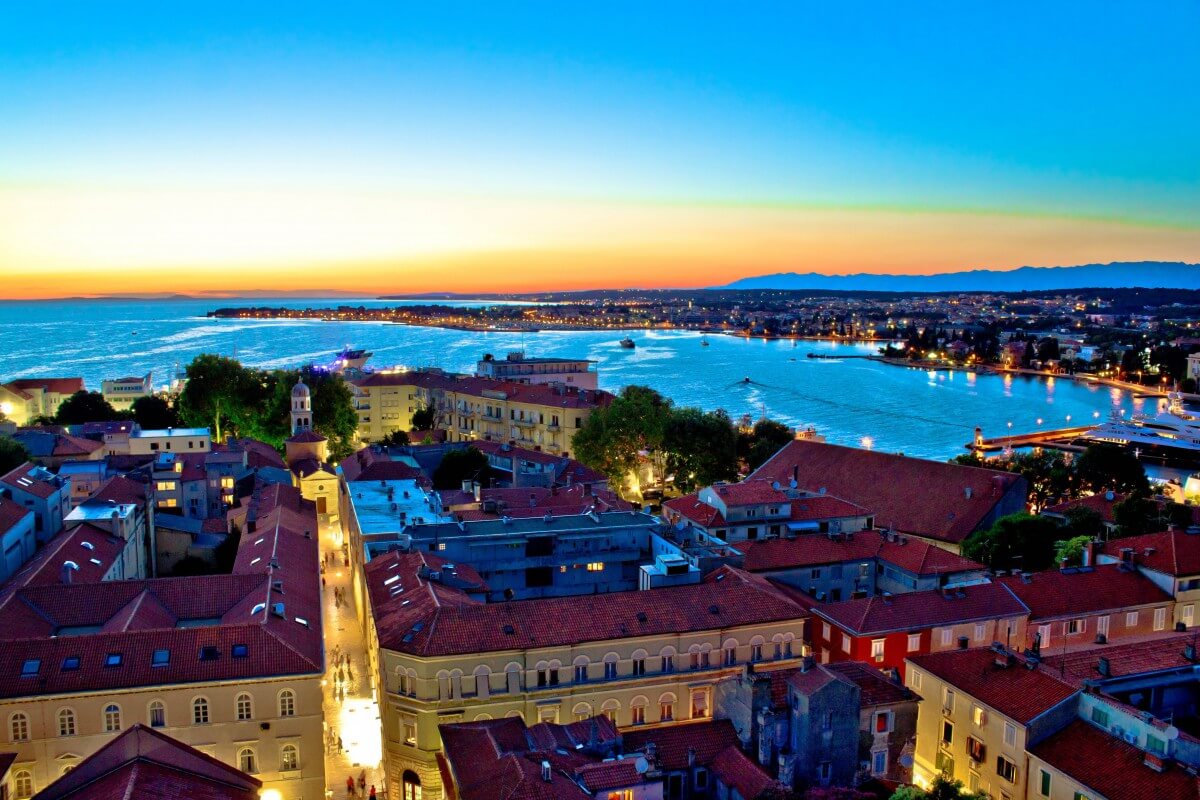
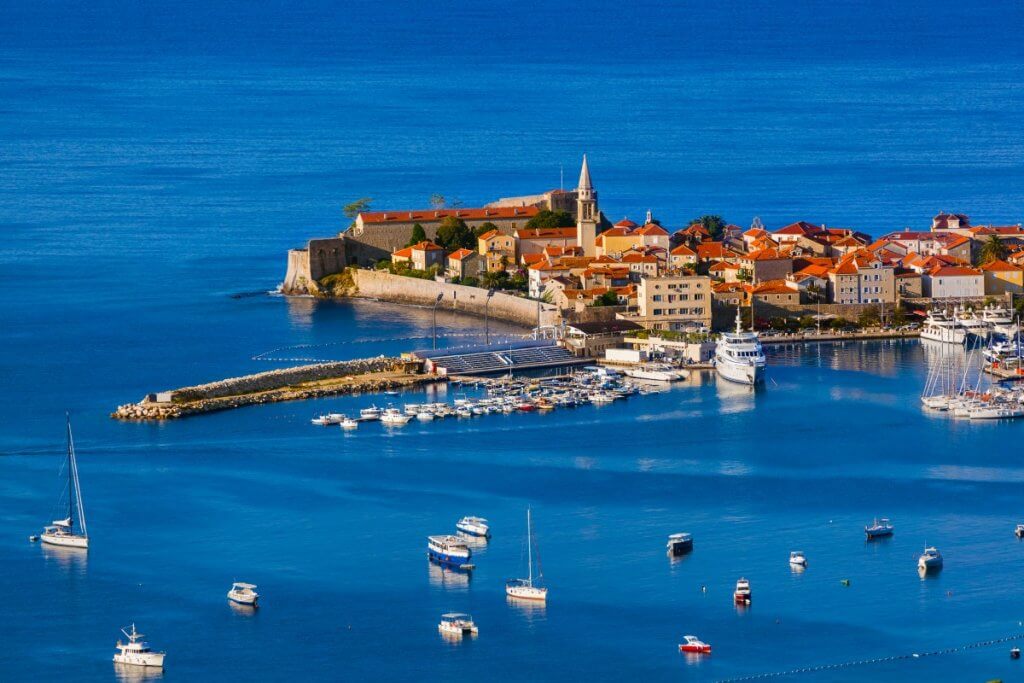
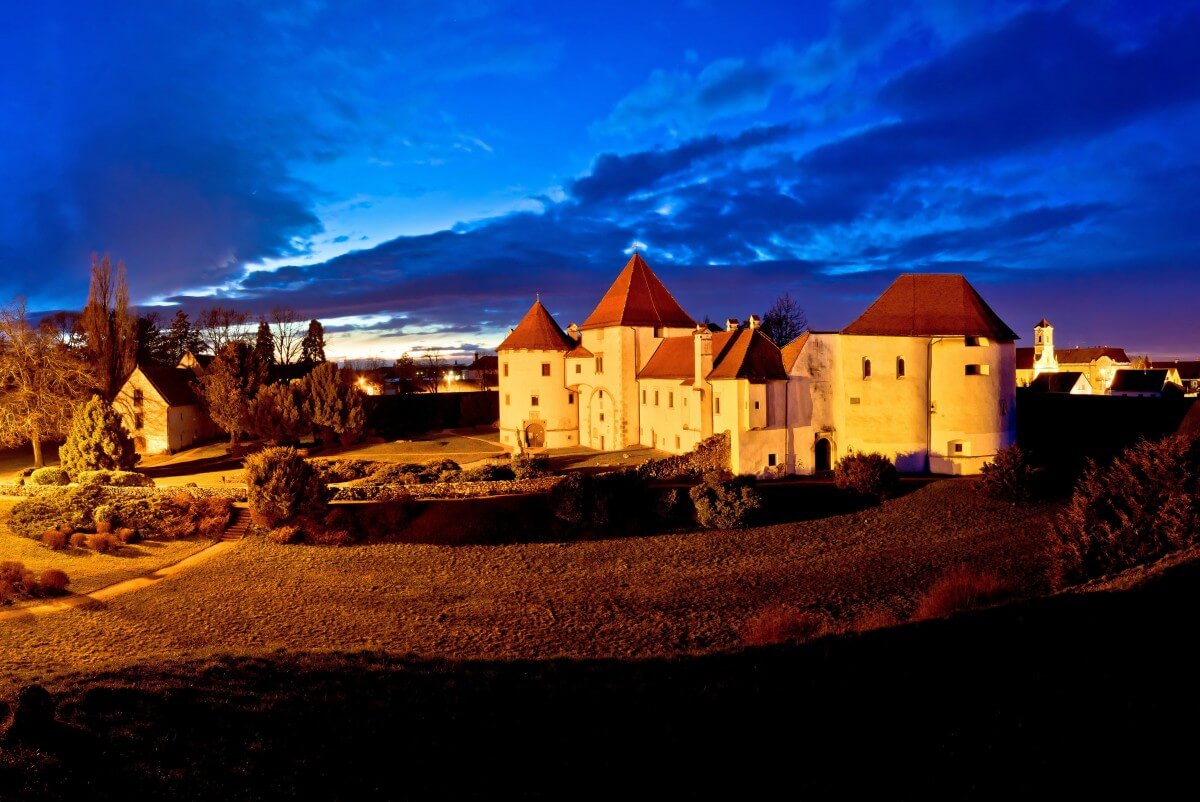
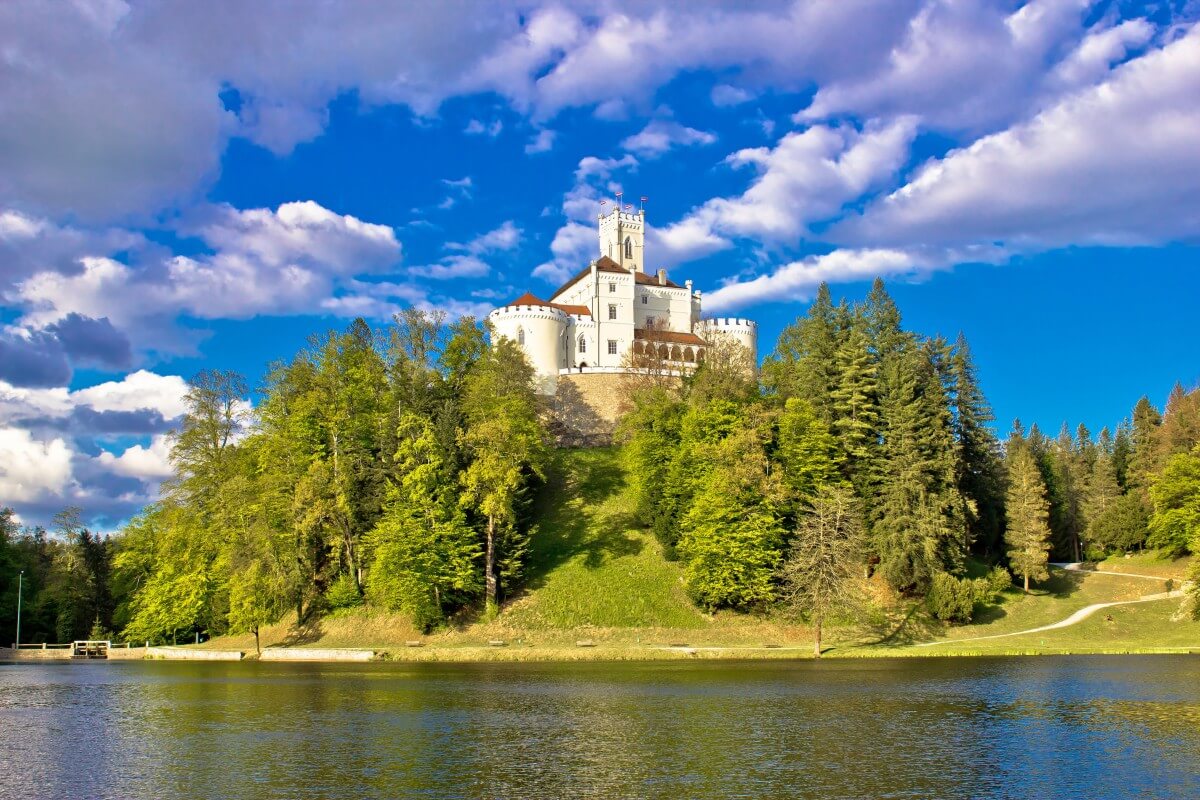
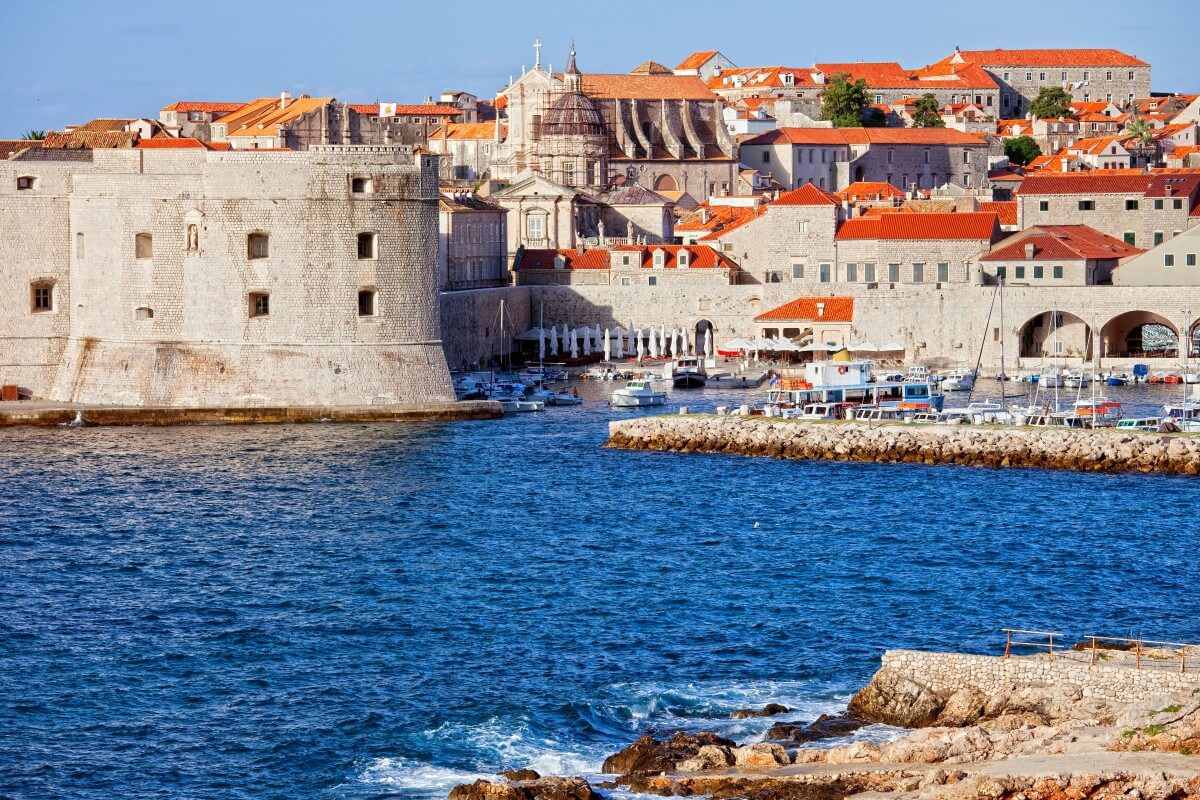
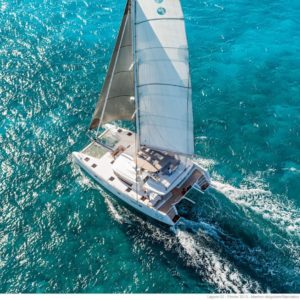

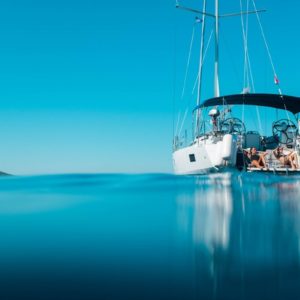
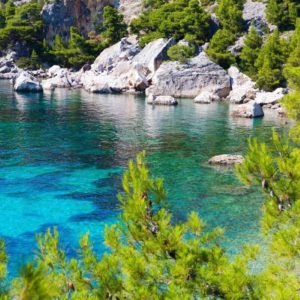
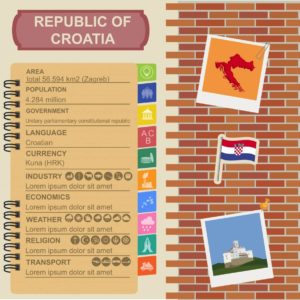
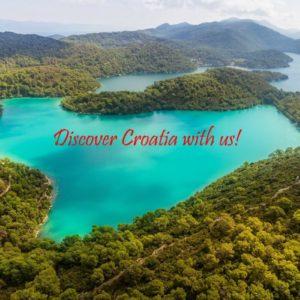
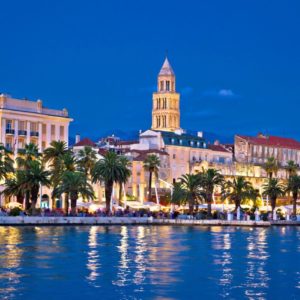
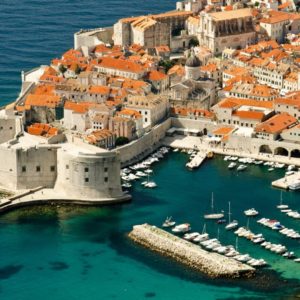
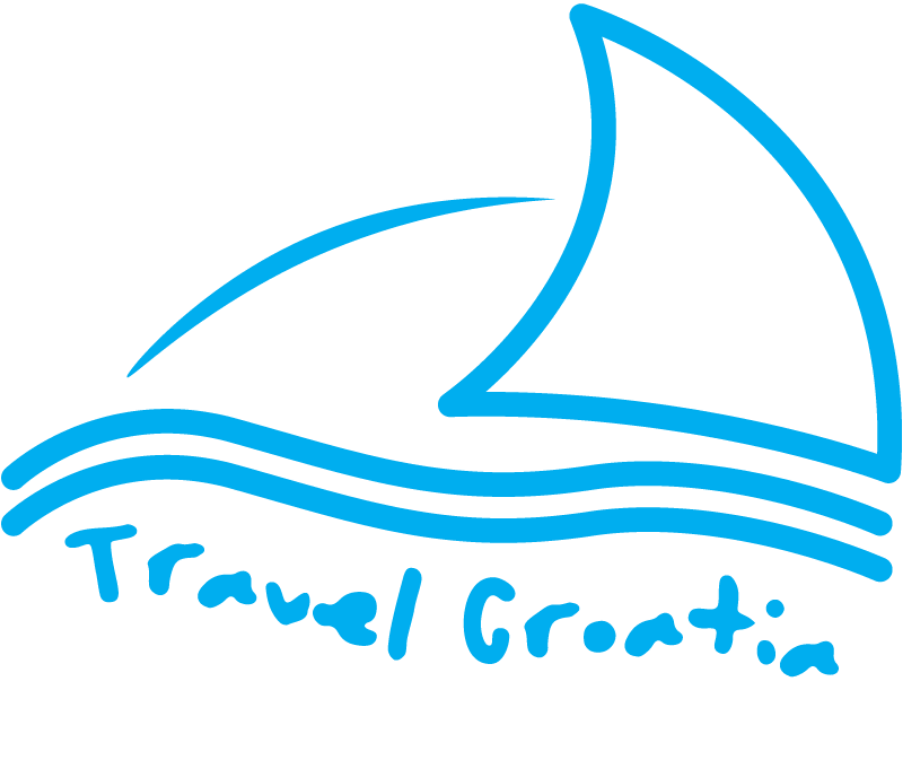
Reviews
There are no reviews yet.